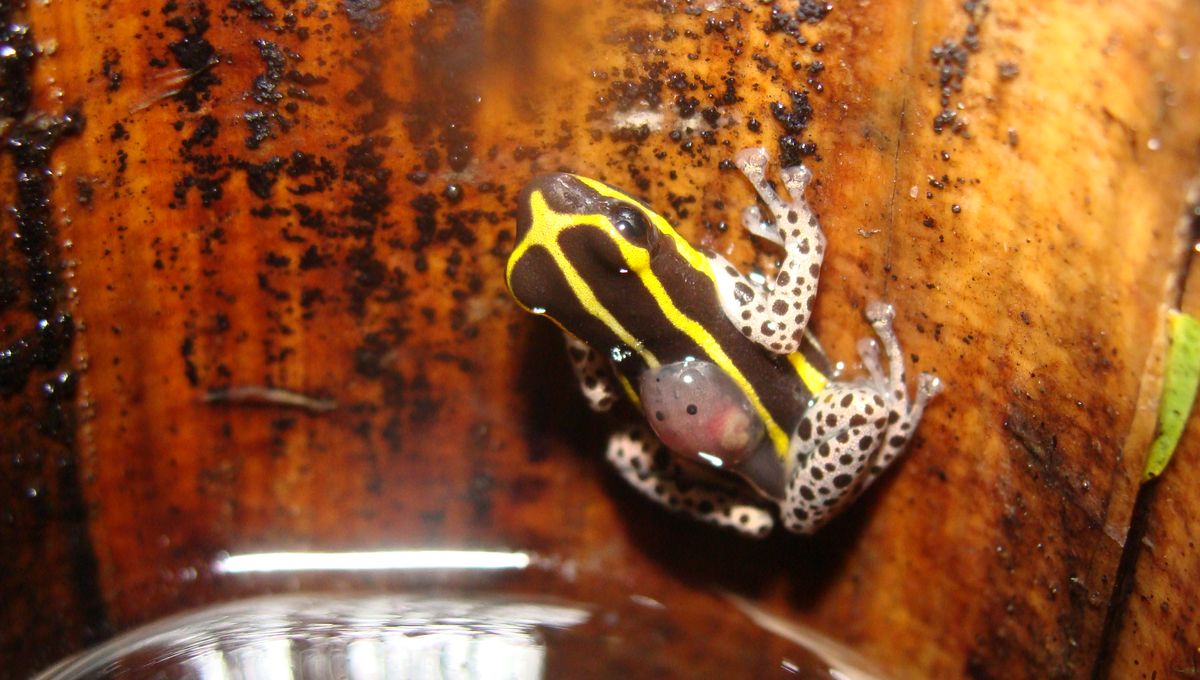
Finding new species is a tricky business, especially when it comes to areas off the beaten track. On the border between Peru and Brazil, a case of mistaken identity has been rectified within a very snazzy-looking group of poison dart frogs.
The rest of this article is behind a paywall. Please sign in or subscribe to access the full content.
The group in question is the Ranitomeya genus, covered in spots and stripes and mainly found across the Amazon. Inside this genus is the Vanzolinii group, a group of eight species that are clearly different from the others in the genus based on their calls and aspects of their breeding behavior.
However, five of these species are known only from a single area, and the remoteness of the habitat where they live makes it difficult to observe and collect new specimens. A small population of what was believed to be R. sirensis was known to be living near Rio Branco, Acre, Brazil. It was unclear where exactly this group fit after research suggested that the population was not a group of R. sirensis after all, and was instead a different species.
Phylogenetic analysis confirmed the team’s suspicions, and the new species is given the name Ranitomeya hwata. The holotype features blue or yellow skin with dark stripes along its back but spots over its limbs and belly. The new species also features a different advertisement call, which is longer in duration and has more pulses per call at a slightly higher rate compared to other species.
The new species also has a different breeding behavior, with one male mating with many different females compared to the monogamous life of R. imitator.
The species lives almost exclusively on Guadua bamboo, which was seen by the team in both Brazil and Peru. The tadpoles are raised in water-filled hollows inside the bamboo stems, though unlike some species, no cannibalism was seen.
“The most noteworthy thing about this species is how much it really loves living in Guadua bamboo. Certainly, there are a few other species of Ranitomeya that live and breed in bamboo, but usually, it is just certain populations that do this. However, as far as we know, the whole distribution of R. hwata seems to be tied to the presence of this bamboo, and with few exceptions, all individuals of this species have been found in or near bamboo,” Dr Evan Twomey, study lead author, told IFLScience.
The paper is published in Zootaxa.
Source Link: New Species Of Tiny Poison Dart Frog With Stripy Back And Spotty Legs Loves Bamboo